There are a lot of people out there who don't like vegetables, but I would contend that that's because they haven't eaten any really good vegetables. I thought I hated tomatoes (okay, technically a fruit, but used mostly as a vegetable) until I ate some fresh from a garden. One bite of a juicy, ripe heirloom tomato made me realize that I love tomatoes—it's those bland, mealy supermarket tomatoes that I hate.
Most corporate farms grow produce that's harvested before it's ripe, looks uniform, and travels well in refrigerated trucks. While those identical bunches of pale-green broccoli may look nice stacked up, they're usually pretty tasteless. If at all possible, get to a farmer's market (the USDA has a great search engine here) or sign up for a CSA delivery/pickup box.
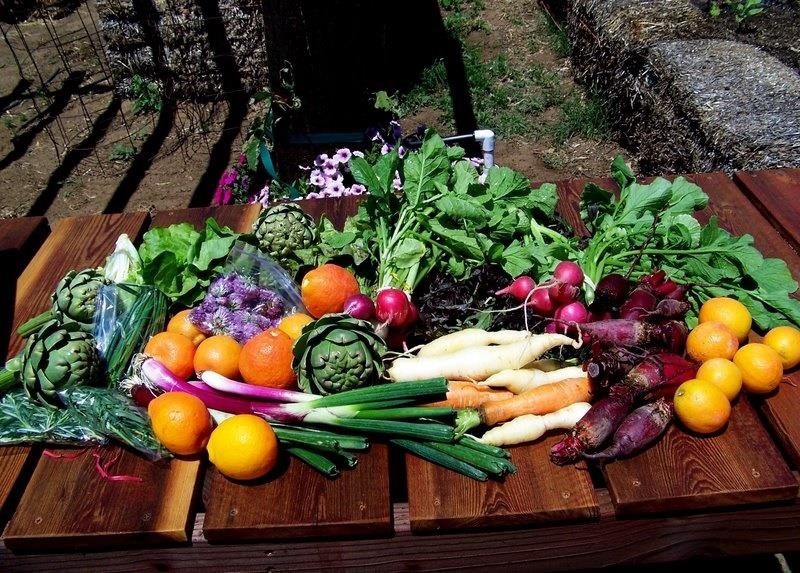
If you've read our guide to buying really good fruit, you know that while looks do matter, there are secrets to finding the sweetest and ripest fruit around. But things are a little different for veggies, so read on to discover the tricks you need to know for choosing great greens, peppers, and so on.
Weight: Heavier Equals Tastier
Like fruit, the heavier a vegetable is (especially relative to its size) is a good sign. It means it's retained a lot of water and therefore usually has a lot of flavor. With any vegetables that are high in sugar, like carrots or corn (although the latter is technically a grain), feeling hefty is a sign that they vegetable has a lot of sweetness. So pick up that kohlrabi and heft it before you buy. It should feel substantial, not puffy and weightless.

Color: The Brighter & Richer, the Better
Caretenoids are types of antioxidants in fruits and vegetables that give them their depth of color. So a vividly green bunch of spinach, a deeply purple eggplant, and a richly red tomato (technically a fruit since it has seeds) are not only going to taste better, they're going to be better for you.

Stripes and variations in color shouldn't make you shy away from a tomato or a squash, though. On dark green vegetables like broccoli, cucumbers, and leafy greens, avoid specimens with yellow spots. That means they're too old or, in the case of broccoli, about to flower and shouldn't be eaten.
Size & Shape: Don't Automatically Reject Oddballs
In general, too large and too small vegetables don't have a lot of taste since they were most likely harvested too early or too late. Don't shy away from irregular or misshapen vegetables, though. They often have the best taste, or so says Brian Everett of Jacob Farms/Del Cabo Organics.

Look for Compact Leaves, Layers, & Florets
For vegetables that come in dense layers or leaves, like artichokes, endive, celery, bok choy, cabbages, Brussels sprouts, fennel, or onions, check to make sure that the layers or leaves are dense and have grown close together.
This is also true of vegetables that have florets, like broccoli and cauliflower or even the tips of asparagus. Anything that's too spread out has probably lost a lot of moisture over time and is going to be tough and fibrous when you try to cook it.

Seek Out Upright Leaves & Crisp Stalks
For heads of lettuce, leafy, dark greens and herbs, you want a general appearance of vibrant good health. Along with deep, rich color, make sure the leaves are fresh with no curly, droopy, or wilted edges. The stalks should look as if they would break cleanly, with an audible snap. This is also true of green and yellow beans.

Be sure to check the very ends of the stems and the bottoms of the lettuce: if they have ragged brown edges, those vegetables have been on display for too long. Pass.
Smooth, Firm Skin: Always a Plus
The texture and quality of the skin is key for any vegetable, from mushrooms to bell peppers or eggplant. You want smooth, firm skin. Nothing should feel slimy, spongy, or soft. Stay away from produce that has broken skin, since they'll rot faster.

Root Vegetables: No Softies Here, Please
For onions, carrots, radishes, potatoes, sweet potatoes, beets, or any other root vegetable, you don't want any softness or soft spots. The root should be hard to the touch.
If the root vegetables like carrots or radishes have their green leaves and tops attached, check the color and resiliency of the leaves. If the greens are wilty and aged looking, pass up those vegetables. Don't worry about little blemishes or nicks in the skin unless they're soft or bruised.

Aroma: Fresh & Earthy Is Good, Fetid & Dank Is Bad
Vegetables should smell earthy and fresh. If you can close your eyes, sniff something, and identify it as a carrot or corn by smell alone, that's a great sign. This doesn't work well at the supermarket, since most of the produce has been refrigerated since it was harvested and that stunts aroma.
If you sniff something and it smells a little "mildewed basement-y," as my gardener friends like to put it, you probably want to pass.

Containers: Always Check the Bottom
It's always preferable to buy fruit and vegetables that are loose rather than prepackaged, but if you are buying something that's in a plastic bag or container, always, but always, hold it up and inspect it from all sides. My mother insisted on doing this every single time, and while it was a pain, it saved us from many a moldy bunch of green beans or a rotten sprout that was about to spoil the whole bag.

If you have a specific vegetable you're curious about, be sure to check out the USDA's guide to buying fresh vegetables. It's got buying tips broken down from asparagus to watercress.
Just updated your iPhone? You'll find new emoji, enhanced security, podcast transcripts, Apple Cash virtual numbers, and other useful features. There are even new additions hidden within Safari. Find out what's new and changed on your iPhone with the iOS 17.4 update.
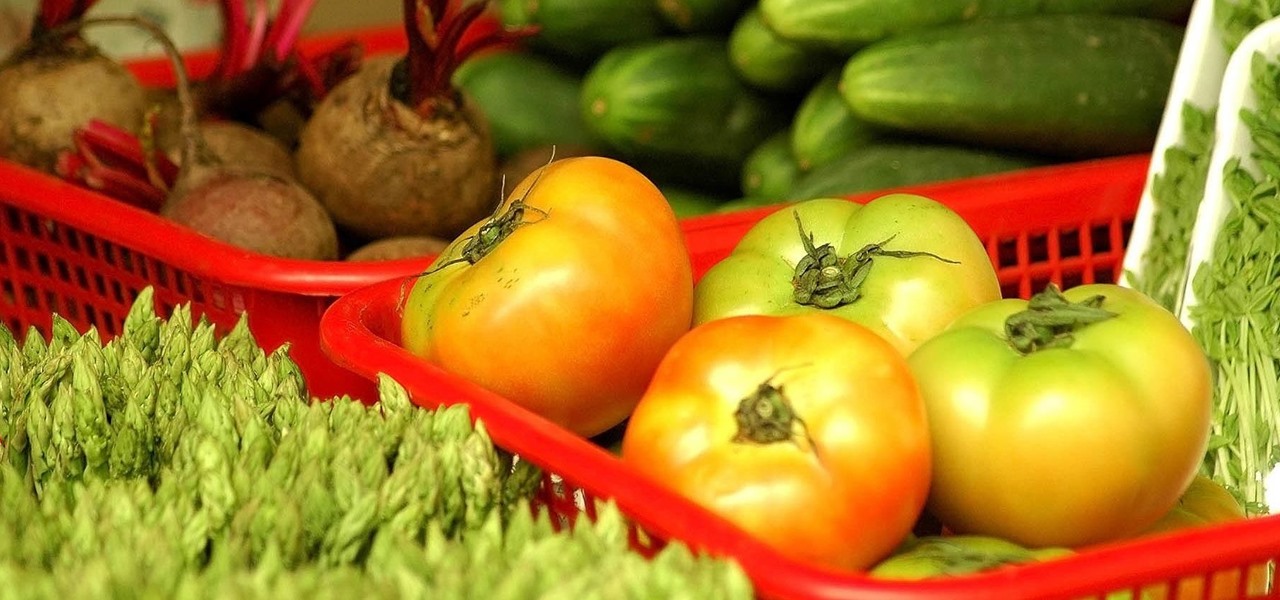






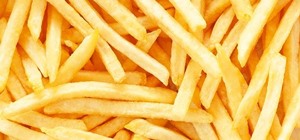



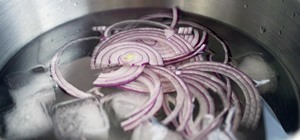


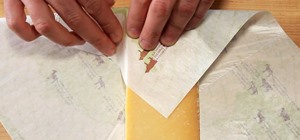

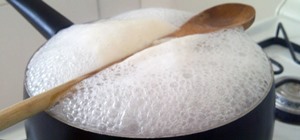

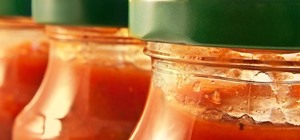
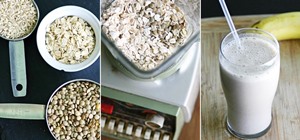


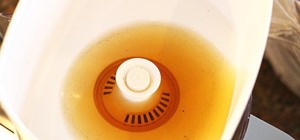
Be the First to Comment
Share Your Thoughts